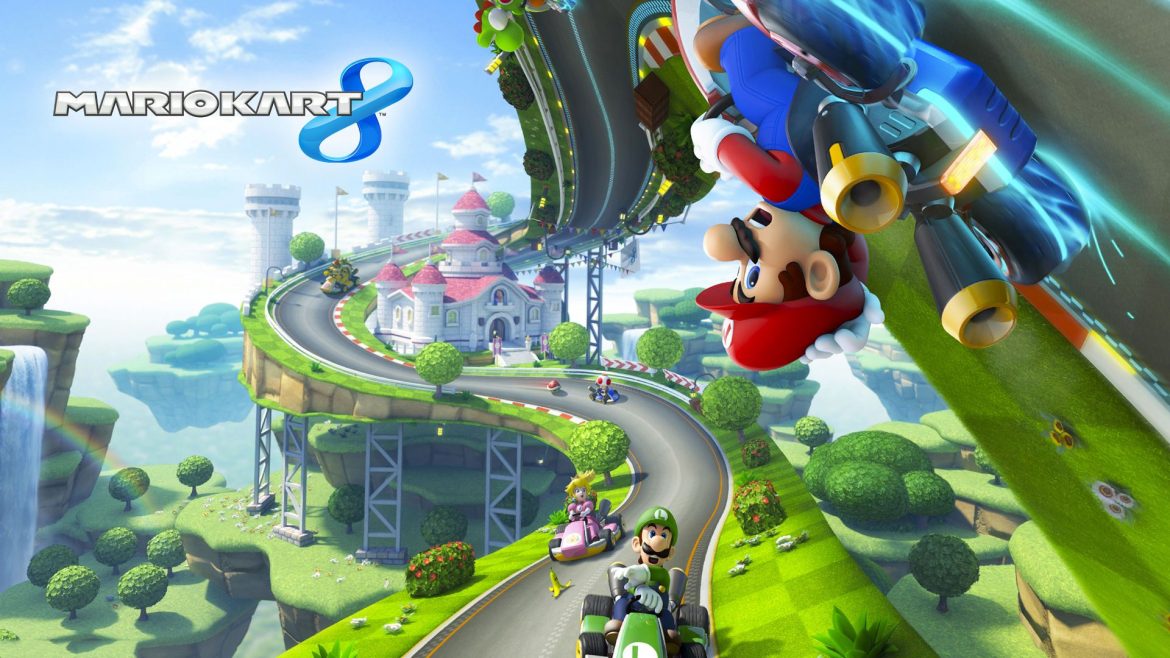TL;DR
Mario Kart 8 refines the beloved kart racer with stunning HD graphics and the innovative anti-gravity feature, creating wild, physics-defying tracks. It blends 16 new courses with 16 classic retro tracks, offering a familiar yet fresh experience. While the Battle mode suffers from sprawling maps, the improved online play, new power-ups like the boomerang and Piranha Plant, and enhanced control options, including precise motion controls, shine. Mario Kart TV even lets you share your best racing moments! Ready to experience the pinnacle of Mario Kart? Dive into the full review to see why it's a must-have!
Mario Kart 8 has arrived on the Wii U (and is now also available on Switch), and it’s a remarkably polished experience.
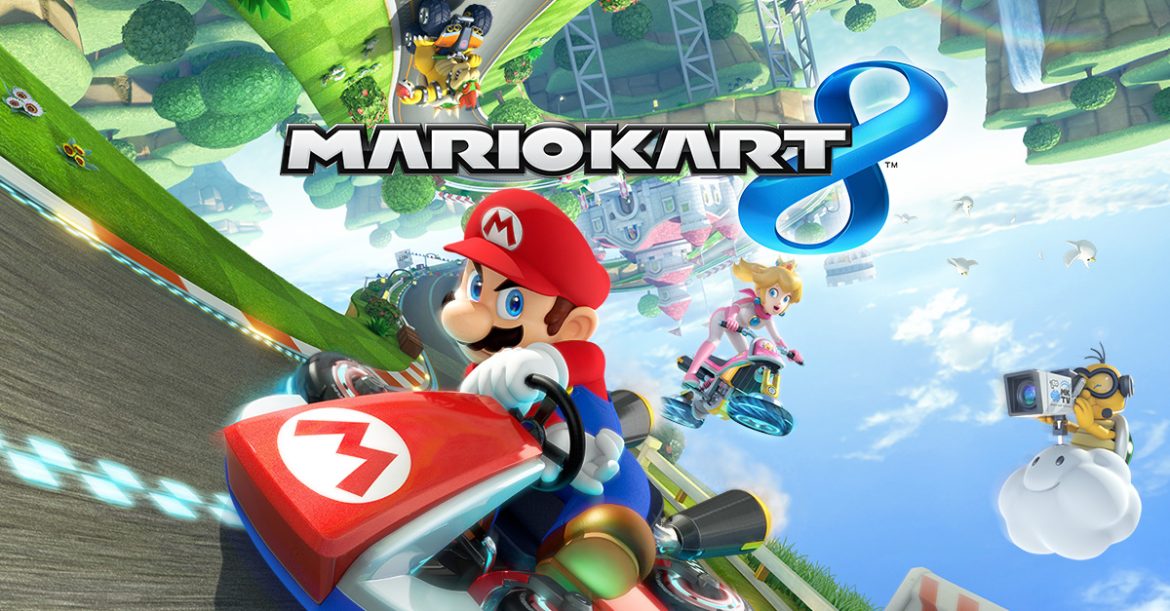
At E3 the previous year, we encountered a wide array of games, including high-profile, visually impressive, and heavily promoted titles. Several of these were subject to repeated delays, such as The Division (until 2015) and the subsequently released Watch Dogs. Experiencing the PS4 and Xbox One offerings was engaging, leaving varying degrees of impact. However, no game generated as much immediate anticipation as our hands-on time with the three demo tracks in Mario Kart 8, nearly a year before its eventual launch. Now that it’s here, it proves to have been worth the wait.
Since the 1990s, we’ve enjoyed the accessible kart racing of Mario and friends on the SNES. However, it was the GameCube and subsequent Wii era that truly solidified our dedication to the concept, particularly the 4-player local multiplayer. We were also impressed by Mario Kart 7 for the 3DS, a title that, like its predecessors, retained the core elements of the series while introducing new features – in this instance, gliding. Mario Kart 8 builds upon this foundation, offering arguably the best visual presentation on Nintendo’s most powerful console to date, along with the addition of a sci-fi-inspired “anti-gravity” mode. This allows vehicles to fold their wheels inward and utilize electromagnetic levitation, defying physics and enabling tracks with roller coaster-like designs, including upside-down and crisscrossing segments.
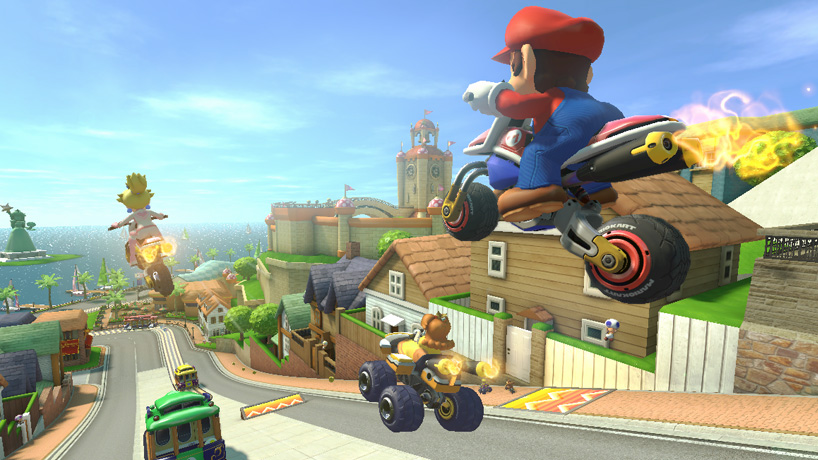
As with previous installments, Mario Kart 8 features a combination of new tracks (16 in this case) and updated retro tracks from previous games (another 16), creating a balanced blend of familiar and fresh content, a hallmark of the series. Interestingly, MK 8 doesn’t necessarily feel like it offers 16 completely new tracks; elements like Rainbow Road and Bowser’s Castle have a familiar quality. This can give the impression that the game is slightly shorter and less novel than the GameCube version felt in its time (which was a significant advancement over the N64 iteration). Another notable change, and arguably a negative one, is the Battle mode. Nintendo has opted for a free-for-all balloon-bursting format (as in previous iterations), but the expansive and complex tracks often result in players driving in isolation, encountering opponents only sporadically. Encounters every 20-30 seconds during a 3-minute match feels insufficient. On a more positive note, new additions include weapons like the boomerang (which can be thrown three times), the piranha plant (which consumes coins and disrupts opponents), and the enhanced Lucky 7, which provides eight simultaneous special bonuses.
The online multiplayer experience has also seen significant improvements, complemented by Nintendo’s strategic decision to enable players to share their gameplay highlights on YouTube. Following an initial misstep where the company targeted fans posting gameplay videos, they now encourage content creation through the new Mario Kart TV mode. This feature functions as a highlight reel, saving noteworthy moments from races and allowing players to easily compile them into short, engaging videos for online sharing. The online mode operates seamlessly, allowing one or two local players to compete against up to 10 other players (12 total) globally or within their region.
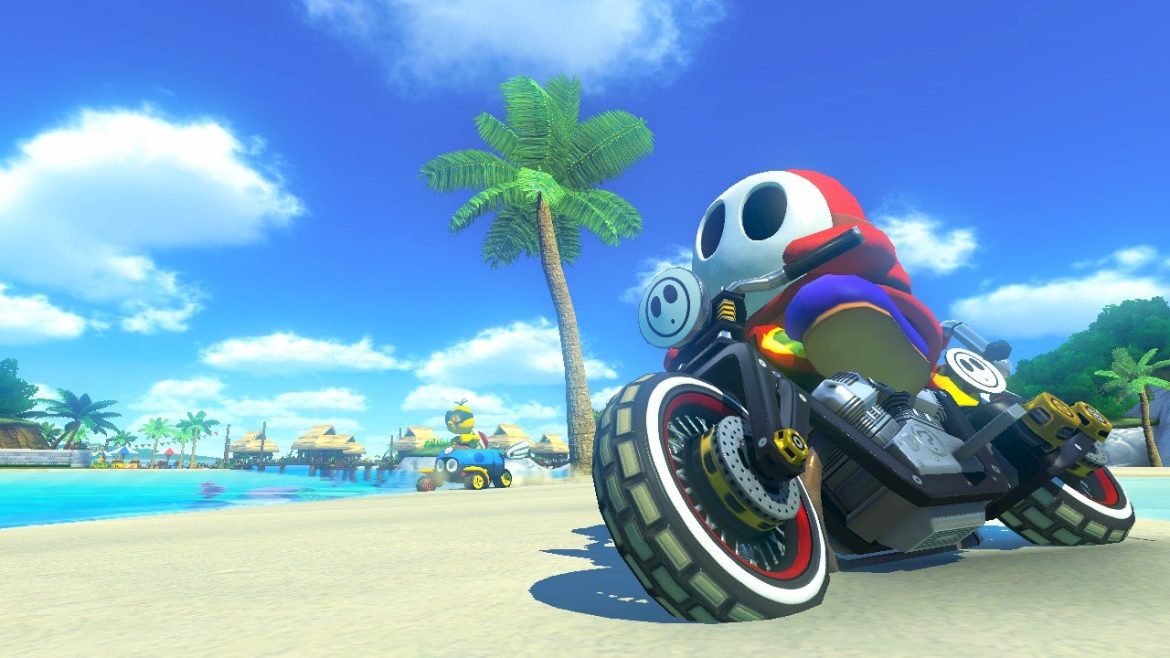
As previously mentioned, the game’s visuals are exceptional. High-definition graphics enhance Nintendo’s distinctive color palette and design sensibilities. The game maintains a consistent 60 frames per second, which is commendable as it delivers an optimal gaming experience, and the Wii U’s capabilities are more than sufficient for both online and local multiplayer modes. A minor performance dip was observed in the four-player local mode, but this is understandable given the processing demands of simultaneously reading input from four controllers with motion sensors. It does not significantly impact playability. The sound design and music are consistent with previous entries and effectively serve their purpose.
The controls warrant specific mention. While not entirely flawless in the Wii era, the enhanced motion controls in Mario Kart 8 offer improved precision. The Gamepad (which allows switching between motion and stick controls), the Wii U Classic Pro wireless controller, and the Wii-mote with or without nunchuck all benefit from this improvement. Though purists may still prefer button and joystick controls for maximum precision, the increased accessibility and intuitive nature of motion controls make them a compelling option for newcomers. We applaud this improvement and anticipate further refinements in future iterations.
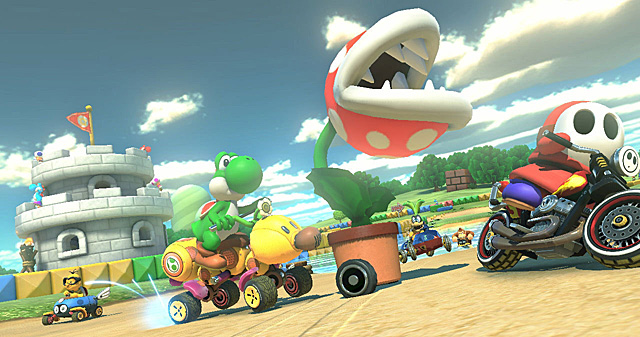
Final verdict: Mario Kart 8 stands as a high point in the MK series. While not a radical departure, it represents a technical and content-driven refinement of the established formula. While minor shortcomings exist – such as the Battle mode – they are overshadowed by its strengths: exceptional HD graphics, a refined online mode, and enhanced control options. We anticipate that the game will once again transform our office into a hub for after-hours competition, with fierce battles for first place in the 4-player mode. We hope that this will be another essential title that encourages more players to explore the Wii U. So, bring out the old steering wheel attachments from the Wii and join us online!
Mario Kart 8 was released for Wii U on May 30th
